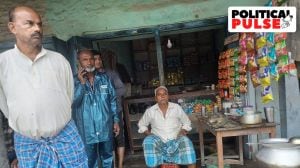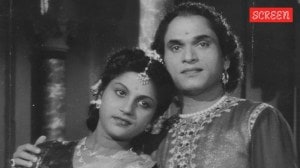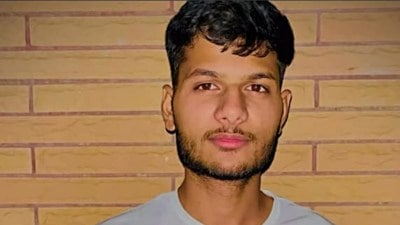With keepsakes from the past, Partition Museum opens to visitors
Atishi appreciated the uniqueness of the Partition Museum and highlighted that not only does it speak about history but also connects people with the past.
 The museum will feature seven customised galleries designed to explain aspects of the Partition and the struggle for Independence. PTI
The museum will feature seven customised galleries designed to explain aspects of the Partition and the struggle for Independence. PTI The Partition Museum was inaugurated Thursday at the Dara Shikoh Library in Ambedkar University Delhi, Kashmere Gate.
Inaugurating the museum, Education Minister Atishi, who also holds the portfolio of Art and Culture, said: “ I come from a family of Partition survivors. My grandfather worked as a clerk in the Government of India and had to stay with his parents in Pakistan till the very last moment… my great-grandmother planned to take a train from Pakistan to India, but did not…it had no survivors… this was a divine intervention.”
“It is very easy to destruct the social fabric of the society with hatred, but it takes hundreds of years to heal those wounds… vested interests of some people broke the social fabric of our country, and till today, lakhs of families are traumatised because of that,” she added.
Atishi appreciated the uniqueness of the Partition Museum and highlighted that not only does it speak about history but also connects people with the past.
Along with interactive media, the museum will feature a ‘virtual reality experience’, belongings donated by people who witnessed the Partition, and a souvenir shop.
The library will also serve as a cultural hub with exhibits on different aspects of the city and its history.
The museum would endeavour to depict memories of the Partition as experienced by people, officials said.
The period transformed Delhi significantly and major parts of the national capital, including the areas like Lajpat Nagar, C R Park and Punjabi Bagh, were established after the Partition.
The museum will feature seven customised galleries designed to explain aspects of the Partition and the struggle for Independence.
Witnessing the rail coaches, ancient havelis, and replicas of refugee camps would be an eye-opening experience for many, said an official statement, adding that the museum has a special gallery dedicated to Sindh.
The museum also includes a ‘Gallery of Hope and Courage’ which would display photographs, mementos, and experiences of people revisiting their ancient properties and places in Pakistan decades after the Partition.
The project has been taken up under the Union Ministry of Tourism’s ‘Adopt a Heritage’ scheme, which involves adopting and maintaining such structures.
The building itself, which had issues of leaking roofs and damp walls, was restored by the Delhi government and retains parts of its colonial and Mughal pasts.
The library building that was Dara Shikoh’s, Mughal emperor Shah Jahan’s son, in the 1600s, was later inhabited by David Ochterlony, the British Resident in Delhi.







